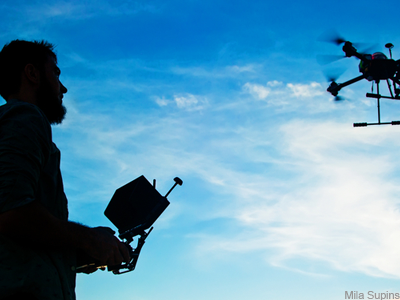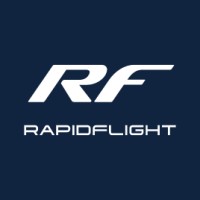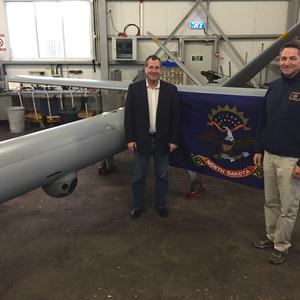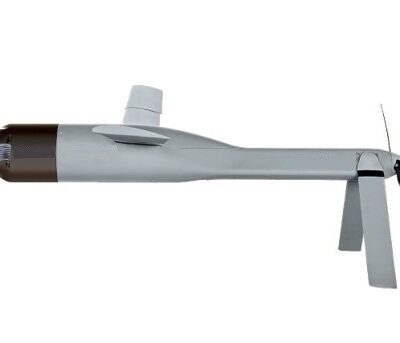A bastion of labor-intensive tasks are now been opened to machine capabilities
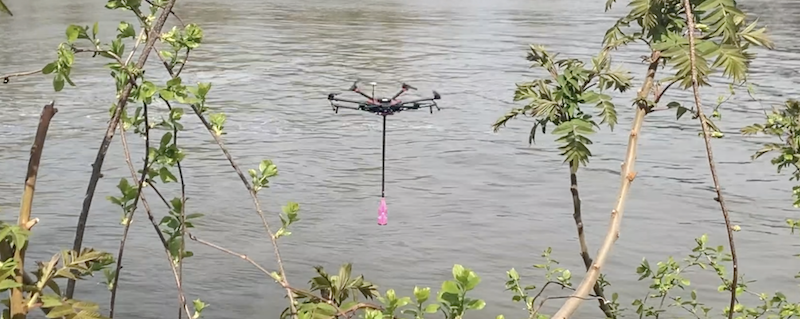
According to the US Bureau of Labor Statistics, there were 7,000 hydrologist jobs in the US in 2019. Many of those individuals continue to spend much of their time in the field performing water sampling tasks. With average salaries above $80,000 annually, the cost of all those sampling activities adds up quickly. And hydrologists aren’t the only ones tasked with performing such sampling.
Now, Reign Maker, a New York City-based drone and data services company, has introduced a drone-enabled water-sampling and data collection UAV called Nixie. “With Nixie, we are committed to changing how water is analyzed worldwide, one sample at a time,” stated Jessica Chosid, founder and CEO of Reign Maker. “Our mission is to remotely collect, digitize and transform commercial, industrial, and agricultural water management across the supply chain.” Reign Maker says this is the first such product put on the market.
According to the company, its Nixie Base consists of a patented drone-mounted water sampling attachment and lockable bottle cradle that attaches to a drone while hovering. The drone then flies to a sample collection location and submerges the sample bottle to a depth of two feet. It can accomplish this task in currents of up to 5 knots. A technician can then simply remove and replace the sample bottles from the cradle when the sampling process is done. Each operation can be completed in less than three minutes, according to the company. The automated testing conforms to the relevant United States Environmental Protection Agency standards for water sampling.
Why Nixie?
For Reign Maker, the key advance is the integration of drone technology with other modern approaches to data gathering, analysis and retention. The purpose of most water sampling activities is to ensure water supplies remain clean and safe. That’s why drinking water utilities, water resource management agencies and environmental regulators worldwide have long been in the business of conducting routine testing of water quality. Often, in fact, the activity is compelled through government mandates.
But costs and complexity, as well as basic logistics issues such as hazardous weather conditions, can limit the frequency and effectiveness of traditional testing methods. Even tracking and retention of samples and data is often haphazard. The company also points to a lack of centralized repositories for water sampling data.
According to Reign Maker, Nixie addresses this challenge through automation including water sensors, software, connectivity, and the Cloud—as well as UAVs—to provide real-time data and a system of centralized storage.
The drone system currently supports DJI M600 and M300 RTK commercial platforms. It utilizes GPS systems to log telemetry data, including time and location coordinates, to improve each sample’s chain of custody and to create historic GPS logs so Nixie can repeatedly dip into the same location to accurately record water quality changes over time while lowering costs.
“The New York City Department of Environmental Protection alone collects 14,000 water quality samples a year, collecting 30 samples a day using boats, captains, and a crew of three at an average cost of $100 per sample,” Chosid added. “With Nixie, a crew of two can collect 120 samples in the same seven-hour shift, at a cost as low as $10 per dip.”


